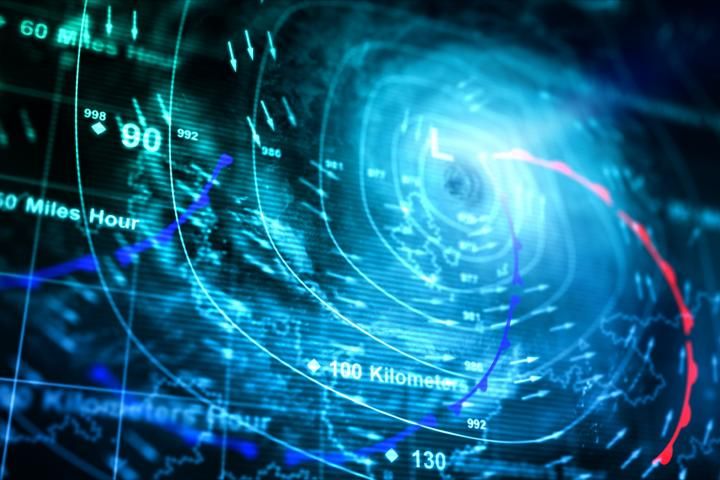How Technology is Essential in Tracking and Predicting Hurricanes

How Technology is Essential in Tracking and Predicting Hurricanes
Our thoughts are with anyone effected by Hurricane Ida and we wish for a speedy recovery.
Let’s take a look at how technology is assisting with the effort to keep people safe. Heavy-hitting storms leaving communities reeling in their wake and prompting important questions regarding how technology helps hurricane predictions.
2021 is bringing another active Atlantic hurricane season, and with the ongoing impact from global climate change, weather prediction technology is more critical than ever — improved outcomes demand input from current tools and real-time data from tech advancements combined with expert interpretation.
Here are some of the types of technology that assist with Hurricane predictions:
- NOAA’s National Hurricane Center — Provides tropical storm and hurricane forecasts and warnings to help mitigate the impact of large storms. Recent technological advances have also helped the cause, like the GOES-16 satellite. This very satellite makes it possible to see hurricanes and other storms in their formative stages, which helps weather forecasters stay up to date. “From its constant perch over the Western Hemisphere, GOES-16 is already helping meteorologists’ issue more accurate and earlier warnings for severe thunderstorms, tornadoes, flooding and hurricanes.
- Super Computing — The National Weather Service has invested substantially in supercomputing to gain three-fold processing power, in turn reducing storm tracking and location error rates. According to Phys.org, NOAA tracked hurricane Harvey to within 100 nautical miles (185,200 m) — an impressive feat considering the scope of the hurricane.
- Eyes in the Sky — With the capability to fly over severe weather and achieve high altitudes for up to 30 hours straight, intelligence gathered by Northrop Grumman’s Global Hawk UAV has helped civilian authorities assess storm strength and direction and plan next steps for warnings and disaster relief. In partnership with NASA and NOAA, the Global Hawk UAV has been used to track hurricane intensification for the Eastern Pacific Origins and Characteristics of Hurricanes Program
- IoT Sensors — Wind farms in Norway have already started using sensors to monitor the status of 400-foot-high (122 m) wind turbines for damage or performance degradation. Similarly, sensors could be attached to physical structures or on-site machinery to measure the impact of hurricane-force winds or rain.
Intersecting Interests
While technology remains a critical aspect of weather prediction, a tech-first approach only takes forecasting so far. For example, civil authorities want more time to warn residents they may need to evacuate, while homeowners want some kind of quantifiable data about risk to their property. Keeping people safe is the number one priority for hurricane predictive modeling.